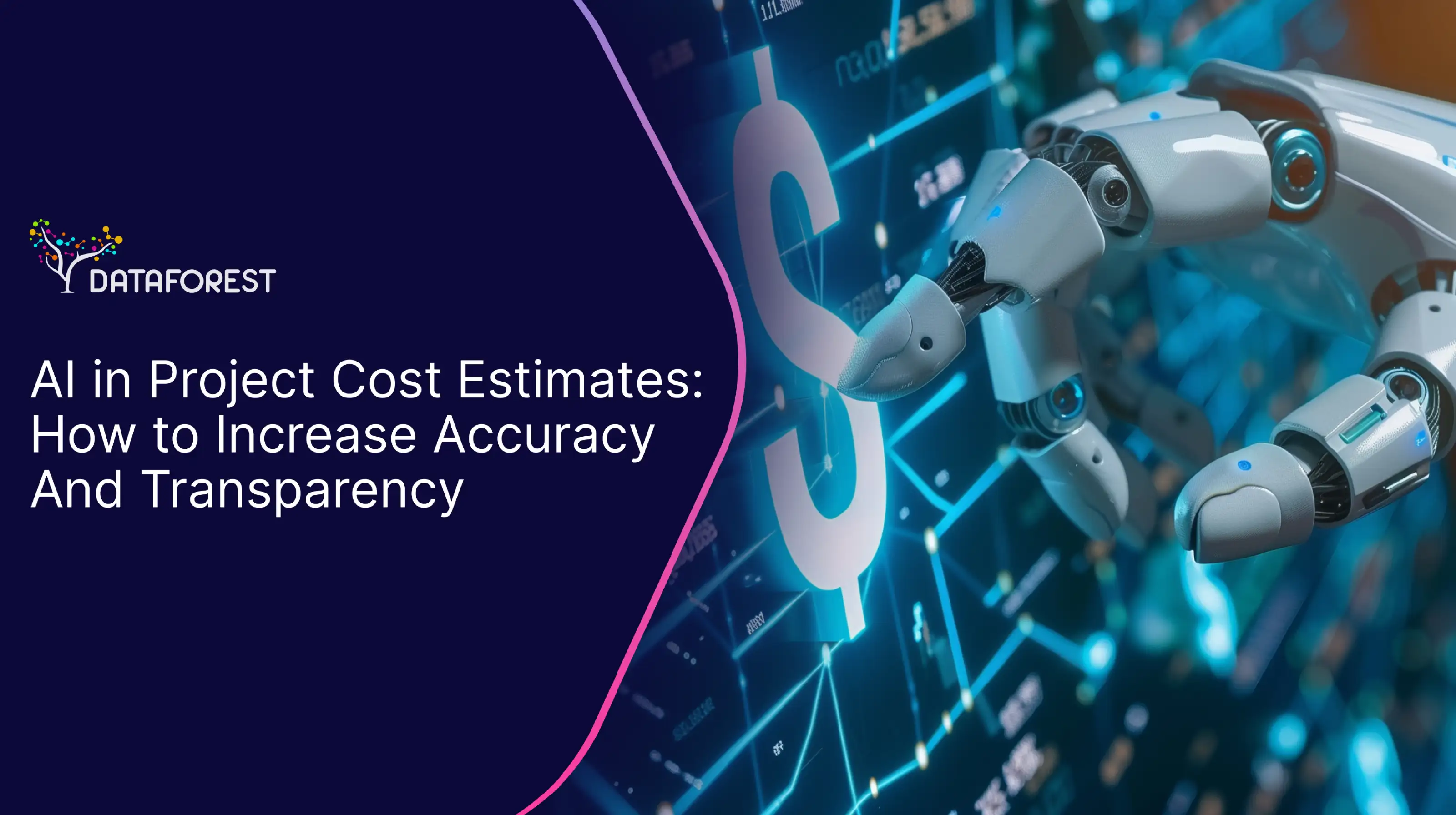How do we assess infrastructure readiness for ML implementation?
Assess current computational capabilities, data storage, and network infrastructure for ML compatibility. Conduct a technological audit to identify potential bottlenecks, integration challenges, and necessary upgrade pathways supporting an end-to-end AI solution.
What metrics are crucial for evaluating ML model effectiveness?
Evaluate models using precision, recall, F1-score, and area under the ROC curve to measure predictive performance across different scenarios. Implement domain-specific metrics that align directly with business objectives, such as economic impact, error reduction, or end-to-end AI efficiency.
What are the data requirements for a successful ML project?
Ensure high-quality, diverse, and representative datasets with sufficient volume and variety to train robust ML models effectively. Validate data through rigorous cleaning, normalization, and relevance checks, maintaining balanced representation and minimizing potential biases within your end-to-end data pipeline.
How is model support organized in production?
Establish a dedicated MLOps team responsible for continuous monitoring, performance tracking, and rapid issue resolution in production environments. Create automated alerting systems and fallback mechanisms to ensure minimal disruption and quick model redeployment in an end-to-end pipeline context.
What tools are used for ML system monitoring?
Utilize advanced observability platforms like Prometheus and Grafana and specialized ML monitoring solutions such as MLflow and Weights & Biases. Implement comprehensive logging, real-time performance dashboards, and anomaly detection systems to track model behavior comprehensively inside the end-to-end pipeline.
How is data security ensured in ML pipelines?
Apply end-to-end encryption, strict access controls, and anonymization techniques to protect sensitive information throughout the ML lifecycle. Implement robust governance frameworks compliant with industry standards like GDPR, HIPAA, or sector-specific pipeline AI regulations.
How often should models be retrained?
Establish a dynamic retraining schedule based on model performance degradation, typically ranging from weekly to quarterly intervals depending on data volatility. Monitor key performance indicators continuously and trigger automatic or manual retraining when significant drift is detected in the end-to-end machine learning pipeline.
What resources are required for ML infrastructure maintenance?
Allocate specialized MLOps engineers, cloud computing resources, and a dedicated budget for continuous infrastructure optimization and scaling. Invest in flexible, cloud-native architectures that allow dynamic resource allocation and minimize manual intervention across your end-to-end AI solutions.

.svg)


.svg)




.svg)
.svg)
.svg)





.svg)























































